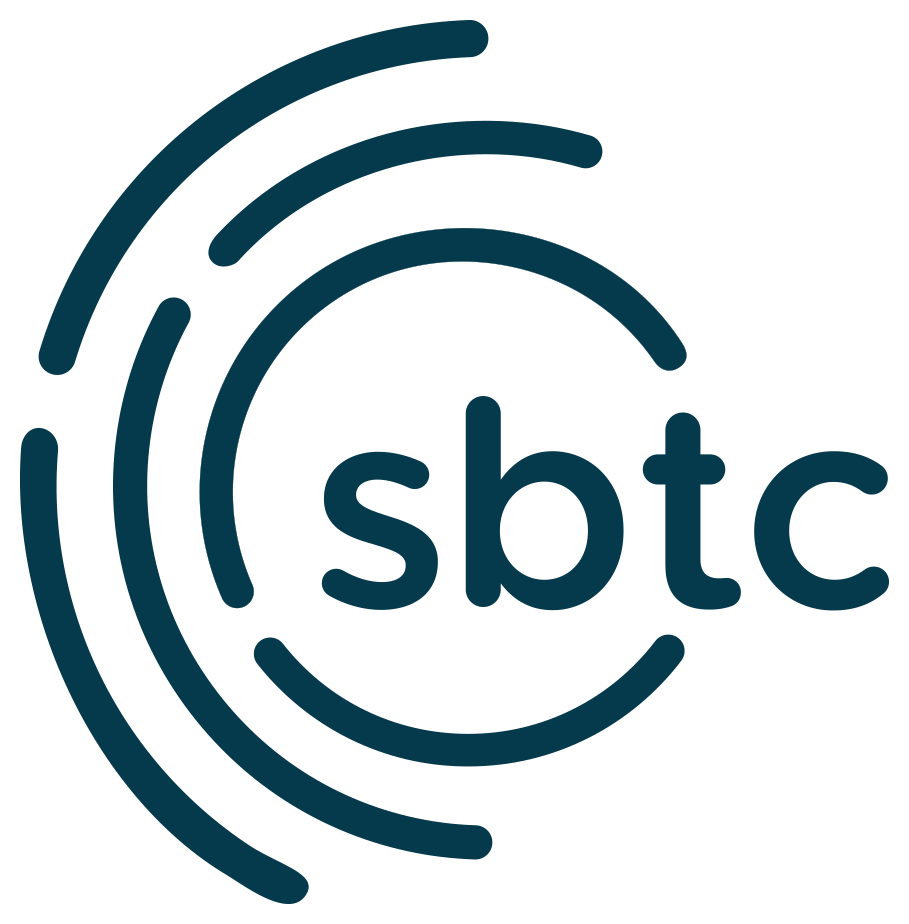This crisis has raised important concerns and forced pastors to think more creatively about how to connect with their people. The pastor will not always be able to make an in-person pastoral care visit, and when he does his people may be more self-conscious in the future about physical contact. Perhaps there are things to learn during this season, in the way of pastoral care, that will increase effectiveness in the days ahead.
Meeting Current Needs
Is church leadership keeping up with the pastoral care needs of the congregation?
DISCUSSION QUESTIONS FOR TEAM-BASED EVALUATION & PLANNING:
- Church members who enter the hospital feel like they are being appropriately ministered to in this season (circle one):
-
- 1—2—3—4—5
-
- We are staying in touch with and appropriately ministering to our members who are homebound or in nursing homes or rehab centers (circle one):
-
- 1—2—3—4—5
-
- We are making weekly worship experiences available to those members who are unable to access livestream platforms (circle one):
-
- 1—2—3—4—5
-
- When in a face-to-face situation, our leadership is being sensitive to the government’s stipulations and the person’s wishes regarding in-person visits (circle one):
-
- 1—2—3—4—5
-
- We are meeting the pastoral care needs of guests and members who join us online by using prayer lines, messaging, social media comment sections, text-in follow up, etc. (circle one):
-
- 1—2—3—4—5
-
Review your answers to determine key areas of strength as well as those areas that need additional growth. Your responses may change week to week as you ramp up your regather phases, so it would be wise to revisit these questions often. Be sure to check out some of the resources linked below as well as on the sbtexas.com/covid19 site. In addition, email the SBTC staff who stands ready to assist any church that needs help or encouragement.
Assessing Developing Trends
How is this season exposing systemic challenges and opening new doors of opportunity toward meeting the pastoral care needs of our people?
DISCUSSION QUESTIONS FOR TEAM-BASED EVALUATION & PLANNING:
- Are there people in our congregation who are becoming less comfortable with physical touches like handshakes, fist bumps, and hugs? To what degree might that discomfort continue?
- Have we received any positive or negative feedback from members regarding phone calls, text messages, gift baskets, or handwritten cards? Do we think this might develop into an opportunity for the future? Why or why not?
- Are our people more likely to share their personal needs in closed groups, emails, phone calls, or on the social media page? Are they becoming more or less open with the membership about their needs/concerns?
- Is there anyone, in particular, in our church who has become more open to sharing needs and receiving care online than they ever have in person? If so, why might that be and might there be others?
- Is video conferencing or FaceTiming membership working as a distance-based solution for pastoral care?
Planning Future Opportunities
How can we become more quickly and effectively responsive to the pastoral care needs of our people without overburdening our staff and lay leadership?
DISCUSSION QUESTIONS FOR TEAM-BASED EVALUATION & PLANNING:
- Can we maximize our staff or leaders’ time by incorporating strategic text messaging, FaceTiming, or phone calling into our rotation of regular weekly pastoral care visits?
- Who on the leadership team is better at connecting on the phone, handwritten cards, or through text messaging? Which of our members prefer these kinds of contact? How can we systematize pastoral care efforts to make these connections effectively and efficiently?
- What standard protocols should we put in place for staff and leaders when making a hospital or nursing home visit? When will we train on this?
- Can we create a standard entry point of connection through text messaging, emailing, or web contact form where our members can share their needs and prayer concerns and know with confidence those are being viewed and considered?
Strategize the Path Forward:
- Compose a standard protocol for pastoral care visits regarding: (1) hospital visitation; (2) nursing home, rehabilitation center, and homebound visitation; (3) relationship-based crisis care needs; (4) follow-up for spiritual decisions; and. (5) intentional ongoing personal communication with all church members.
- Who is responsible for each area of pastoral care?
- What safety and health protocols need to be put in place for each category of visitation?
- Communicate clearly with the congregation whom (and how) to notify in church leadership when a need arises.
Helpful Links for Resources & Ideas:
other toolkit sections



















